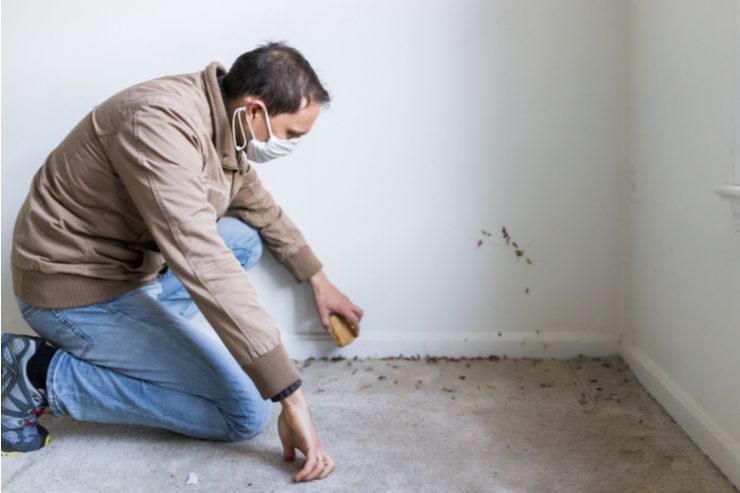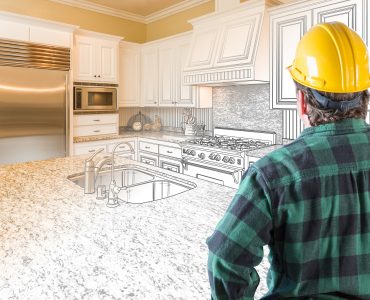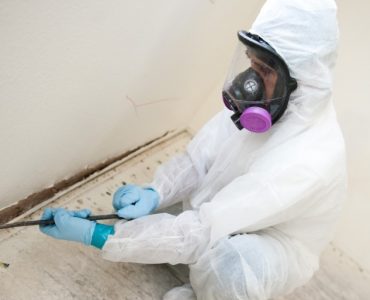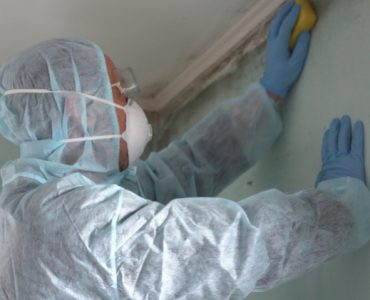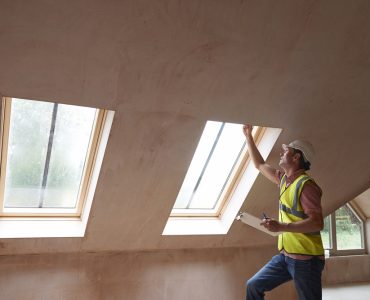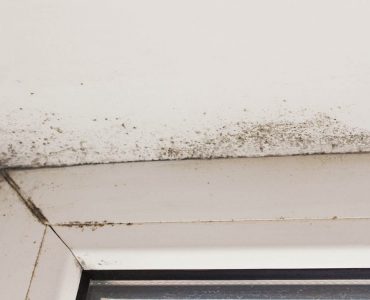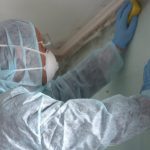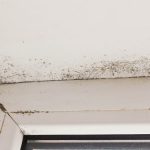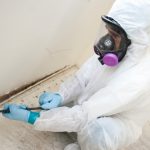Whether you’re planning to buy a new home or are concerned about the presence of mold in your current property, a mold inspection is a sensible way to check if there are any problems that need addressing. It’s possible to carry out your own inspection if there only appears to be a small area of the black mold but you could easily miss something that could lead to bigger problems in the future.
So what exactly is mold, how can you identify it and what can you do about it?
Mold explained
Mold is a type of fungus and it thrives in places that are moist, as do all fungi. It spreads by emitting spores that float in the air before landing on a surface but these spores only form mold when they settle on a damp surface. The best way to avoid mold forming is to keep the inside of your home as dry as possible, so ensure that any plumbing, heating system or roof leaks are repaired quickly, and make sure that spills are cleaned up, too.
You’ll be able to spot a mold problem because you can clearly see it, often as black stuff growing on surfaces in the house, though it can also be white, blue or green. It’s time then to carry out a mold inspection, and because the mold may not be confined to one location it’s a good idea to get an expert in. This is especially the case when you a planning to buy a new home as it may have had water damage in the past that was not dealt with properly or it could have been unoccupied for a time. This can lead to humid conditions inside; ideal for mold to establish itself.
Inspecting for mold
A mold inspector will talk to you about areas where you have seen mold and carry out a thorough inspection of your property, especially in places that are known to be areas where black mold will grow.
It may be necessary for the inspector to check if any mold is growing in places that are difficult to reach, and a section of drywall may need to be damaged or some paneling removed to ensure all options are covered. You don’t need to have a mold test because if mold is discovered it doesn’t matter what type it is, you will need to get a remedial process in place as soon as possible.
Dealing with mold
You can deal with mold infestation yourself but if is extensive you may prefer to get a professional in to clean it up. Simple steps you can take include:
- Repairing leaks promptly wherever they may be;
- Drying and cleaning damp areas quickly, whether it’s wetness on a carpet from a dripping air-con or a flooded basement;
- Keeping humidity down by having vents in the bathroom and kitchen and running air-conditioning in hot months where you can.
Be alert for signs of mold, get an inspection and a remediation plan. You can protect your home and could save thousands of dollars if you deal with the causes of black mold as soon as it appears.


